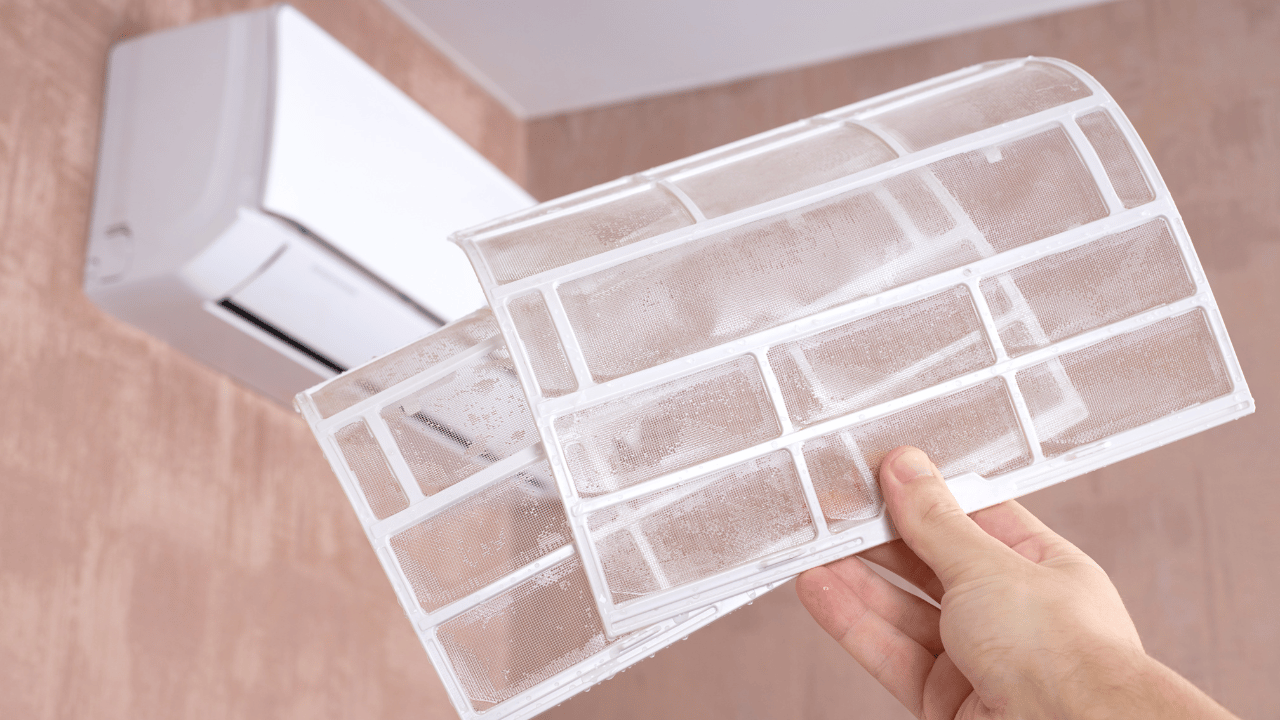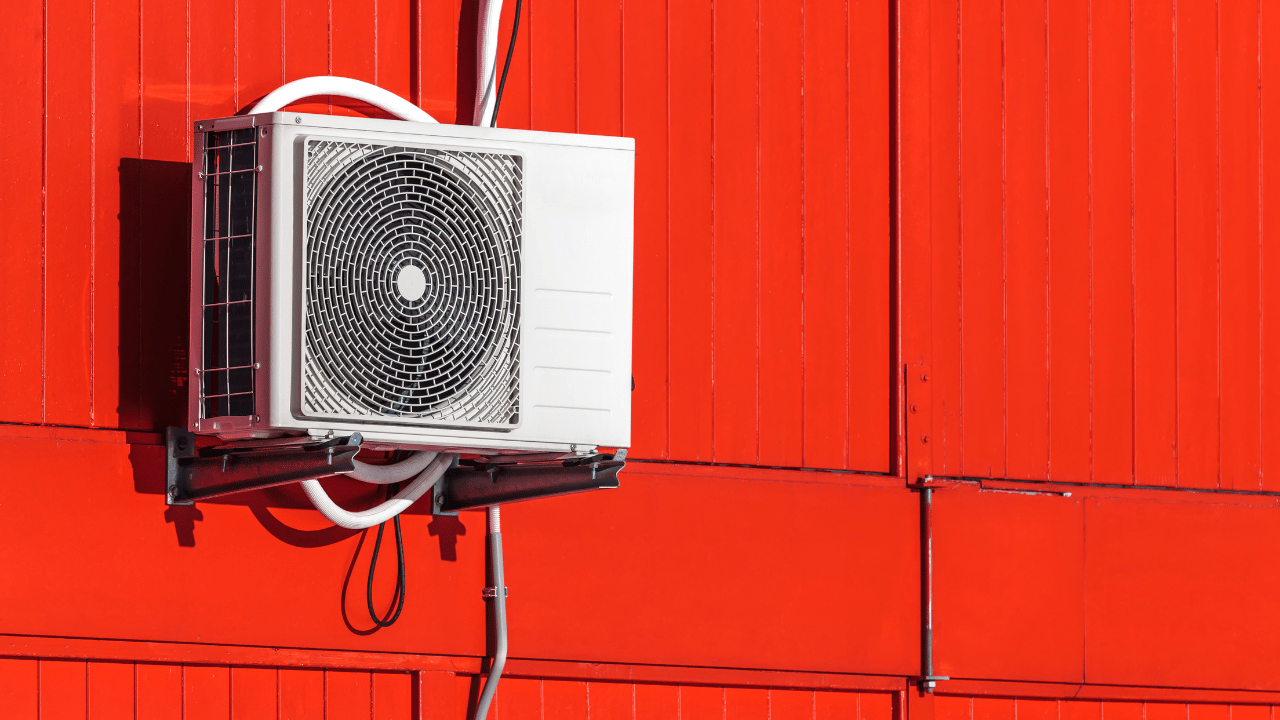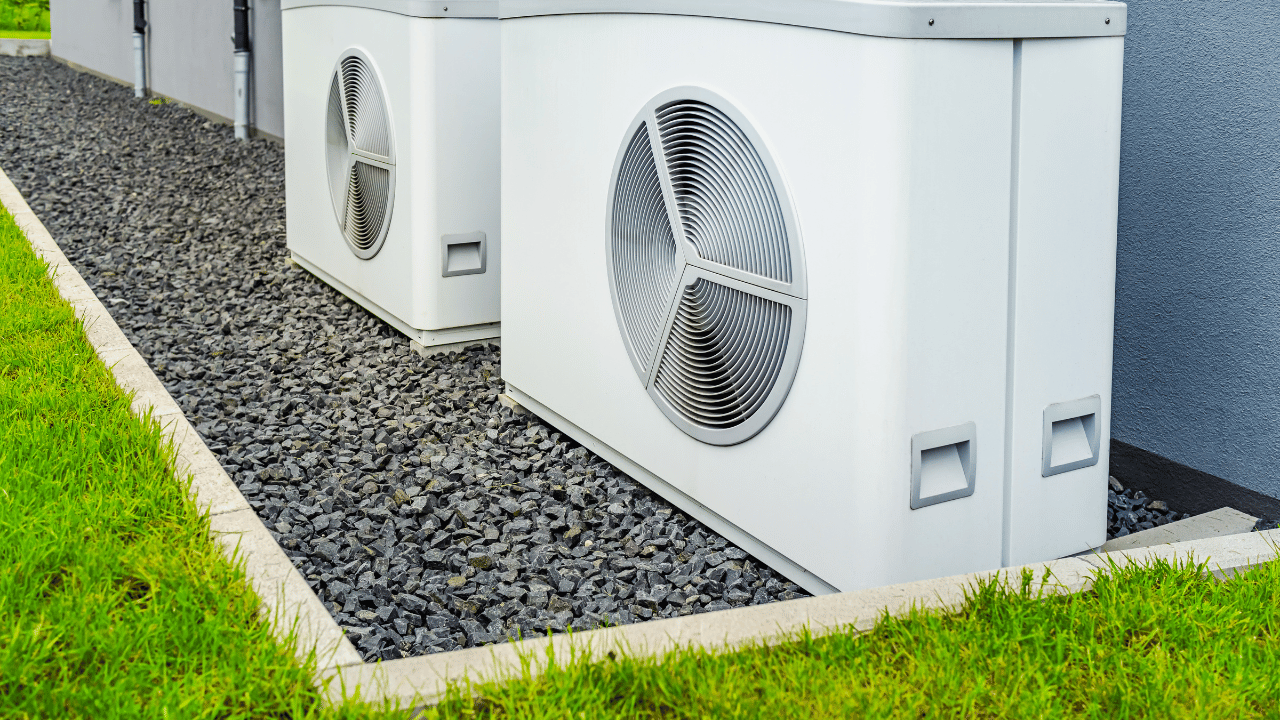Last Updated on September 17, 2023 by Pro Handyman Australia – Editorial Team
In the scorching heat of summer or the warmth of any season, air conditioning is a modern marvel that keeps us comfortable indoors. Have you ever wondered about the magic behind this technology that brings us the gift of cool, refreshing air? From the physics principles to the engineering ingenuity, this blog dives deep into the intricate science that lies at the heart of air conditioning.
As you embark on this journey, you’ll gain a comprehensive understanding of how air conditioning systems work their magic, transforming warm air into a refreshing oasis. We’ll demystify the concepts that make air conditioning possible, shedding light on the ingenious mechanisms that operate behind the scenes to ensure your comfort. So, buckle up and prepare to uncover the secrets that allow air conditioning to cool your space efficiently, making every room a haven of relaxation, regardless of the temperature outside.
The Science Behind Air Conditioning: How It Cools Your Space Efficiently
The very mention of summer conjures images of sunny beaches, iced teas, and the gentle hum of air conditioners working tirelessly to maintain our comfort. But have you ever stopped to consider the intricacies of how an air conditioner transforms your hot, muggy living room into a cool oasis? The science behind air conditioning is a fascinating combination of physics, chemistry, and engineering. Let’s dive deep into the world of thermodynamics and understand the magic of air conditioning.

1. The Basics: Understanding Thermodynamics
At the heart of every air conditioner is the principle of thermodynamics: the study of heat and its transformation. An air conditioner doesn’t actually ‘create’ cool air; instead, it uses energy to transfer heat from the inside of a building to the outside, thus cooling the indoor space.
2. The Main Players: Components of an Air Conditioner
To grasp the science, we must first identify the main components:
- Evaporator Coils: Located on the inside part of the AC unit, these coils contain a refrigerant – a substance that changes states from liquid to gas and back again quickly.
- Condenser Coils: Situated outside the home, these coils release the collected heat into the external environment.
- Compressor: Also located outside, the compressor’s role is to move the refrigerant between the two sets of coils and change its pressure, facilitating its evaporation and condensation.
- Expansion Valve: This valve regulates the refrigerant’s flow into the evaporator.
3. The Cooling Process: Step-by-Step
- Beginning at the Evaporator: Warm air from the room is sucked in through vents and blown over the cold evaporator coils. The refrigerant inside these coils absorbs the heat, causing it to evaporate and turn into a low-pressure gas.
- Compressing the Gas: This low-pressure gas travels to the compressor, which pressurizes it, transforming it into a high-energy, high-temperature gas.
- Releasing Heat at the Condenser: This high-energy gas then flows through the condenser coils. A fan blows outside air over these coils, and as this happens, the high-temperature gas releases its heat to the outside and condenses back into a high-pressure liquid.
- Back to the Evaporator Through the Expansion Valve: This high-pressure liquid passes through the expansion valve, which reduces its pressure. It then returns to the evaporator coils, ready to absorb more heat and start the cycle anew.
4. The Role of the Refrigerant
The refrigerant is the unsung hero in this process. It’s chosen specifically for its ability to change states at the temperatures and pressures suitable for air conditioning purposes. Common refrigerants have included Freon, though newer, more environmentally-friendly options are now in use due to concerns about ozone depletion.

5. Modern Advances: Efficiency and the Environment
With increasing awareness about climate change and energy consumption, modern air conditioning systems have undergone significant innovations:
- Variable Speed Compressors: These allow the AC to cool at varying speeds, thereby consuming energy only as needed.
- Smart Thermostats: They learn your preferences and adjust the cooling accordingly, optimizing energy use.
- Eco-friendly Refrigerants: As mentioned, there’s been a shift towards refrigerants that have a lesser environmental impact.
6. Beyond Cooling: Dehumidifying the Air
Air conditioners also play a role in controlling the humidity of a space. As air passes over the evaporator coils, moisture from the air condenses on these coils and is drained away. This reduces the humidity in the room, making the environment more comfortable.
At a glance, an air conditioner may just seem like a box that emits cool air, but beneath its shell lies a symphony of scientific principles and meticulously engineered components working in tandem. The next time you find solace from the scorching sun thanks to your air conditioner, you’ll have a newfound appreciation for the complex dance of science and engineering that keeps you cool.
The Comforting Embrace of Cool Air: The Unsung Benefits of Air Conditioning
When summer’s heat reaches its peak, many of us instinctively reach for the air conditioner’s remote, grateful for the cool relief it provides. But have you ever stopped to consider the full range of benefits that this wonderful invention brings into our lives? Beyond the obvious comfort of a cooler room, air conditioners offer a plethora of advantages, some of which might surprise you. Let’s explore the many blessings of cool air.

1. Improved Sleep Quality
The quality of our sleep is heavily influenced by the environment, and temperature plays a pivotal role. Studies have shown that a slightly cooler room promotes better sleep. The cool air from an air conditioner can help regulate our body’s core temperature, leading to a deeper, more restful slumber.
2. Boosted Work Efficiency
A hot and stuffy environment can make us feel lethargic, affecting our ability to concentrate and work efficiently. On the contrary, a room cooled by an air conditioner can enhance mental alertness and productivity, making those work-from-home days more fruitful.
3. Better Air Quality
Modern air conditioners are equipped with filters that trap dust, pollen, and other airborne particles, leading to cleaner, fresher air. For those with allergies or respiratory problems, this filtering process can be a significant relief, reducing symptoms and providing a healthier living environment.
4. Reduced Humidity
Besides cooling, air conditioners also dehumidify the air. High humidity can be uncomfortable, making us feel hotter than the actual temperature. It can also promote mold growth in homes. By reducing humidity, air conditioners create a more comfortable and safer environment.
5. Protection for Electronic Devices
Heat is an enemy of electronics. Computers, smartphones, and other gadgets can suffer serious damage when exposed to excessive heat, leading to a reduced lifespan or even data loss. A cool environment ensures the longevity and proper functioning of these devices.

6. Enhanced Physical Comfort
Hot and humid conditions can lead to excessive sweating, making us feel sticky and uncomfortable. Cool air not only alleviates this discomfort but can also reduce the risk of heat-related illnesses, such as heat strokes.
7. Reduction in Insects and Parasites
Cool environments deter many pests, including mosquitoes and fleas. By keeping your living space at a comfortable temperature, you can reduce the number of unwanted critters making their home with you.
8. Preservation of Home Interiors
Heat and exposure to sunlight can damage furniture, fade fabric, and warp wooden fixtures. Maintaining a cool and stable environment protects the integrity and appearance of your home interiors.
9. Psychological Well-being
Never underestimate the psychological benefits of comfort. A cool environment can reduce stress, elevate mood, and generally enhance well-being. When the world outside is sweltering, the refreshing coolness inside can be a sanctuary for relaxation and peace.
While the primary purpose of an air conditioner is to cool, the cascade of benefits it ushers into our lives is vast. From the tangible advantages, like protecting our devices, to the more intangible, such as mental well-being, the gift of cool air enriches our daily lives in myriad ways. So, the next time you bask in the cool embrace of your air conditioner, take a moment to appreciate the manifold ways it’s making your life better.
Conclusion

In conclusion, delving into the science behind air conditioning has revealed a world of intricate mechanisms and fascinating principles that work in harmony to create the cool, comfortable environments we often take for granted. As we’ve explored the journey of how air conditioning cools our spaces, it’s evident that this technology is not just a convenience but a testament to human innovation and adaptability.
From the compression and expansion of refrigerants to the exchange of heat through coils and the meticulous regulation of airflow, every component of an air conditioning system plays a crucial role in the process. The blend of physics, thermodynamics, and engineering ingenuity has led to the development of systems that can effectively transform warm and humid air into an oasis of coolness.
Understanding the science behind air conditioning not only deepens our appreciation for the comfort it provides but also highlights the need for responsible usage. As we marvel at the technology, it’s essential to consider the environmental impact and energy efficiency of these systems. By maintaining and using our air conditioners wisely, we can strike a balance between comfort and sustainability.
As we conclude this exploration of the science behind air conditioning, let’s carry forward a newfound understanding of the complexities involved. The next time we enjoy the cool breeze emanating from an AC unit, let’s remember the intricate interplay of principles and components that make it possible. Whether it’s the basic window unit or a sophisticated central cooling system, the science behind air conditioning continues to shape our modern lives and enhance our comfort in remarkable ways.
